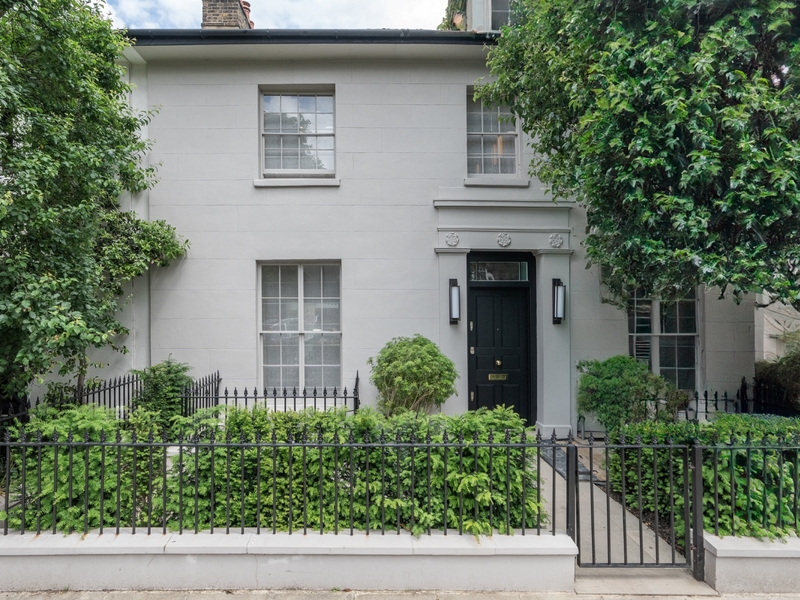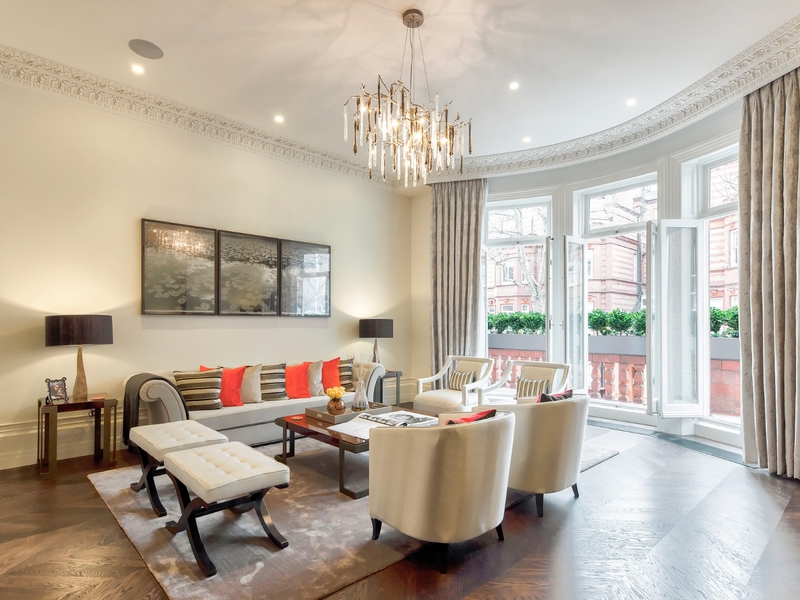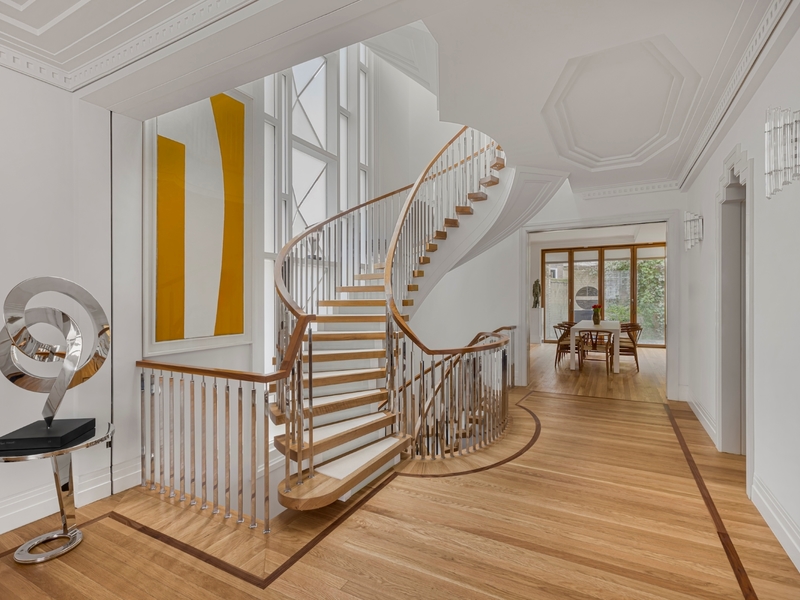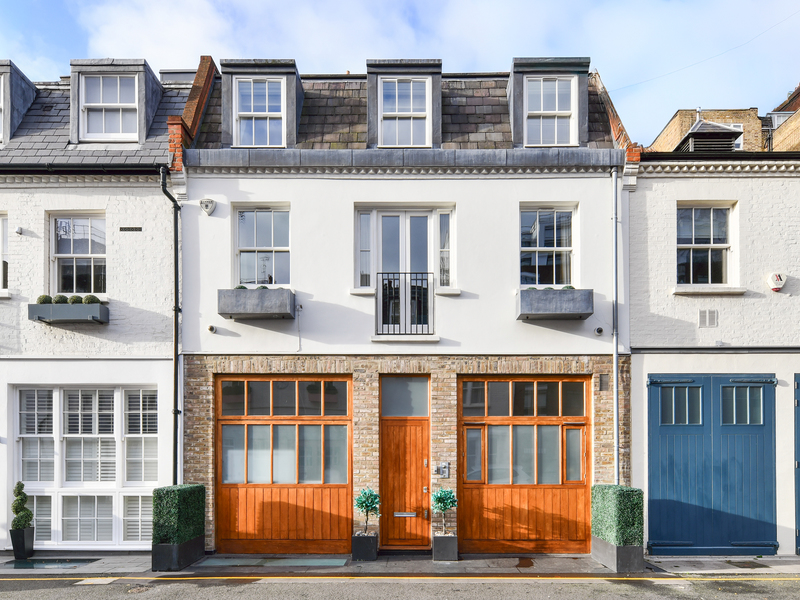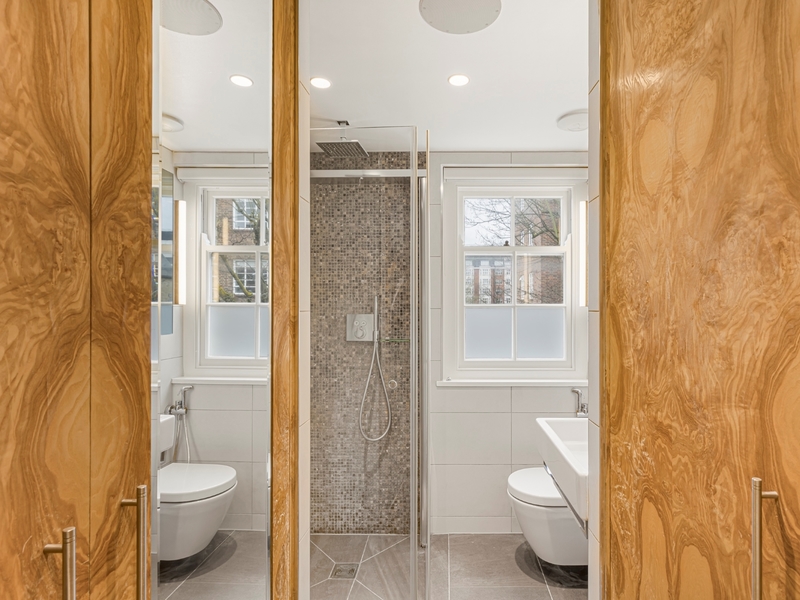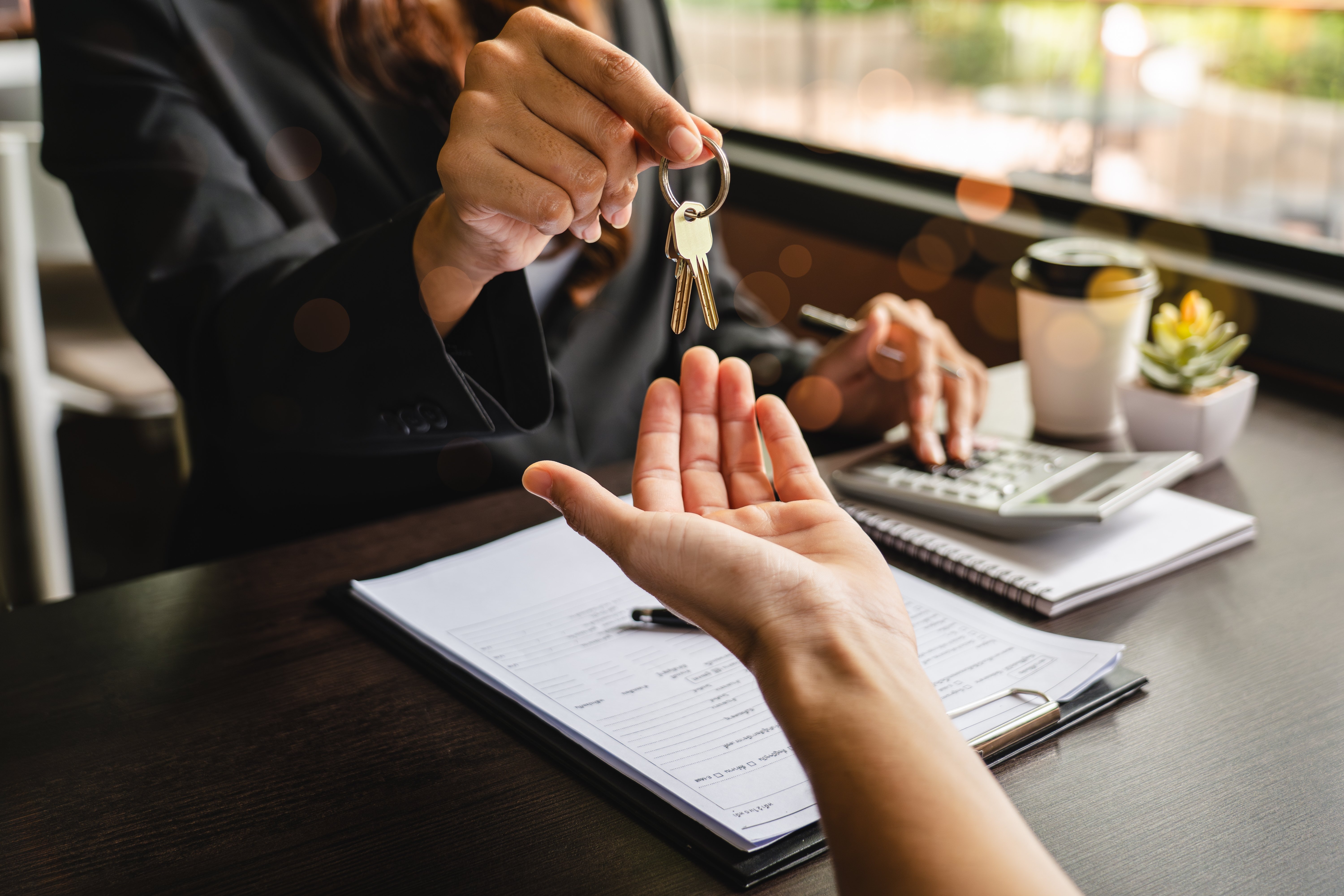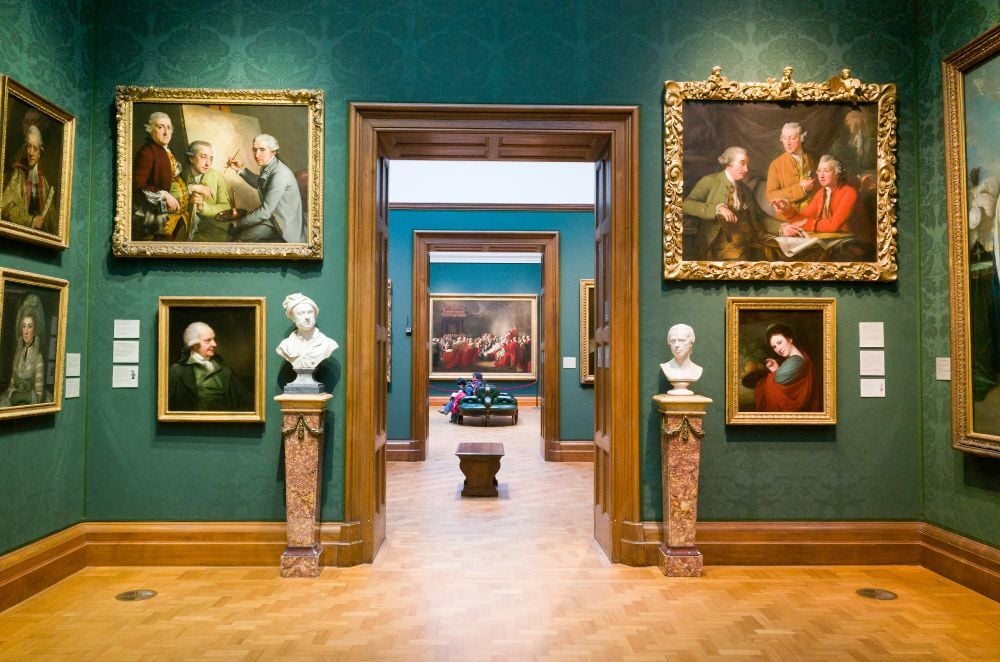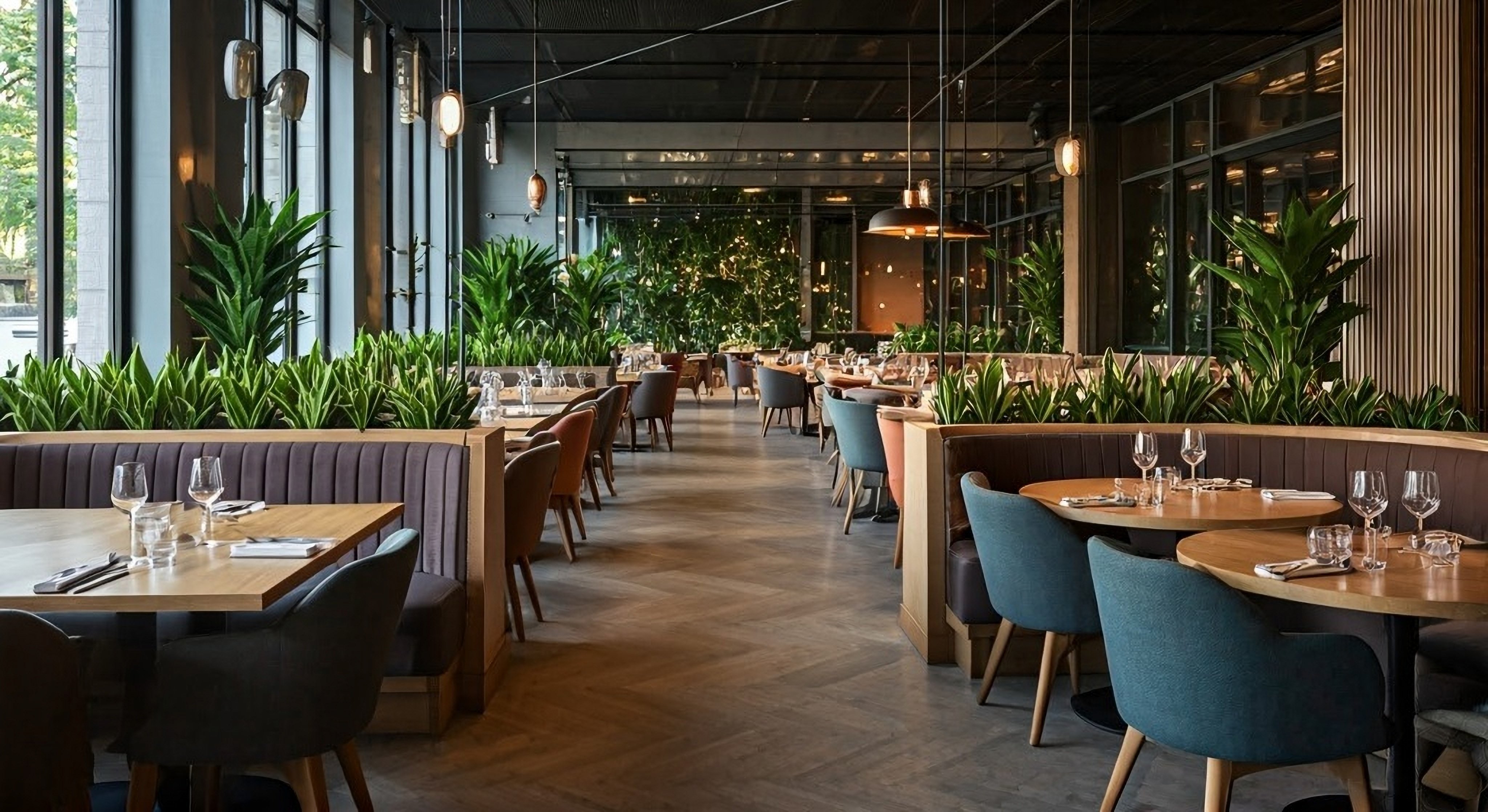Appreciating Homes – What adds the Most Value to a House?
When considering what adds the most value to a house, there are all manner of factors and circumstances that might impact the potential price increase of a home. While the quality of the property itself is vital, broader considerations play a much more nuanced part in how homes are valued, and most importantly, how much someone else may be willing to pay for it.
Factors such as planning potential, transport connections, schools, and general geographical location all play a significant role in overall value, and fluctuations in any of these or other criteria can impact house prices at any time. In areas such as London and the South East, property markets are highly competitive but also suspect to more stable prices as a result of the consistent standard of living found in these more affluent parts of the country.
However, in other parts of the country, markets can be more turbulent due to regional economics, developments, and sheer demand for homes. Areas with significantly less demand for people to live in may not necessarily provide less quality of life than the South East or London, but if they’re further away from major urban centres and amenities, prices will more than likely be lower. Read on as we look at these factors below in greater depth and seek to capture a more nuanced picture of how the value of a house may rise, or fall.

Room to Grow in More Ways than One
One of the clearest drivers of property value is the presence of usable space. Across the South East, properties with well-maintained gardens or room to expand can command premiums of up to 20% compared with those that do not meet this criteria. This effect has been magnified since the pandemic, when demand for gardens surged as buyers sought more liveable, versatile homes. In urban markets such as Wandsworth or Richmond, garden access is frequently a contributing factor to higher prices, while in rural areas, larger plots of land tend to be far more common, and prices do not rise as severely.
Planning potential and scope for expansion are also significant boosters to a home’s value. In many commuter belt towns such as Guildford, Sevenoaks, or St Albans, homes with space to add more rooms have proven considerably popular with younger buyers starting families. Studies suggest that adding an extra bedroom through a loft conversion can increase a home’s value by as much as 15%, while a full double-storey extension can add closer to 20%. In London, where space is already at a premium, properties with planning permission already secured tend to achieve faster sales at higher prices, as buyers see immediate potential for increased future sell-on value.
By contrast, in cities such as Leeds or Manchester, where housing stock is less constrained, planning permission still contributes to an uptick in value, but not to the same extent as in the capital. However, these cities, among others, continue to modernise and expand, whereas homes in London may be more expensive yet provide consistent growth throughout ownership. In other areas of the country where the demand for space is increasing, a property bought for far less may achieve a greater profit on investment in the future.
Affluent Streets Underscore an Area’s Potential
Neighbourhood logistics remain fundamental to the value of any house. Proximity to top-performing schools has been shown to increase property values by as much as 8-10% in London boroughs. Recent figures indicate that homes within the catchment of Ofsted-rated Outstanding schools in the capital cost 49% more on average than in areas with only good or lower ratings. Easy access to public transport is equally decisive and properties within a ten-minute walk of a Tube station can sell for up to 10% more than those further afield. This pattern is mirrored in commuter towns, where rail links into London elevate average property values by more than £80,000 compared with those in nearby areas without strong connections.
The type of house and the street it finds itself on also play a part. Urban homes in prime London districts such as Chelsea or Hampstead fetch extraordinary premiums per square foot, often exceeding £1,200, reflecting their status as high-brow neighbourhoods that only those with the right means can afford. Seaside properties also occupy their own niche. In Brighton, sea-view homes typically sell for 25% more than inland equivalents, but even properties just a few minutes away from the beach can see sizeable increases in value. Similarly, along the Kentish coast, in towns such as Whitstable and Margate, the average house price has increased by more than 35% over the past five years, far outstripping national averages as buyers opt for ease of living in favourable locations without compromising on commuter access to London.
Market trends further reinforce these observations. Post-pandemic demand has continued to show a clear preference for properties that balance urban connectivity with lifestyle advantages such as outdoor space or proximity to natural landscapes. In London, demand has gravitated towards leafier suburbs such as Wimbledon and Dulwich, where semi-detached homes with gardens average £1.3 million, significantly higher than inner-city flats with similar square footage but without outside access. By contrast, in northern cities such as Sheffield, properties near the Peak District have outperformed the local average by nearly 20% in the past three years, showing that lifestyle-driven purchases are not limited to the South East.
Is Potential Growth Possible Everywhere?
In financial terms, the elements we’ve been looking at in terms of growth potential can add up to stark differences in valuations depending on the area. A detached home in Surrey within the catchment of an Outstanding school and near a commuter station could comfortably command £900,000 or more, while an equivalent property in a less well-connected part of the North may list for as little as £400,000.
Despite the disparity in price, the growth potential in northern markets is not to be underestimated. While London and the South East have seen annual house price growth of around 1-2% in recent years on average, cities such as Liverpool and Manchester have averaged closer to 6%. The affordability of these areas may be one clue as to the sudden surge in prices, but as was mentioned earlier, consistent investment in these areas and further modernisation will only continue to incur significant gains, as there is far more development potential in these parts than in many other parts of London and the South East.
Whilst it is easy to associate house price growth with the fixtures and furnishings of a home, the reality is that such things will almost always play second fiddle to the demands of the local area and what living in a particular neighbourhood has to offer. Yes, a £50,000 refit for a kitchen should incur an uptick in value, but homeowners underestimate or actively disregard that fixing up their property just the way they like it carries significant risks of depreciation when it comes to the next potential sale. Buyers want what they want, not what someone else already has, and this can cause no shortage of frustration for homeowners who invest significantly into their own property only to find its appeal lessened.
Ultimately, what adds the most value to a home is not any particular feature but rather the interplay of space, potential, and location. A south-facing garden in a London suburb, when coupled with planning permission for an extension, proximity to a top-performing school, and a ten-minute walk to the nearest station, represents the type of combination that consistently achieves premiums above regional, or even national market averages. By contrast, homes that lack these features risk underperforming, regardless of their cosmetic appeal.
Discover: Luxury Homes for Sale UK
Walton Street, Knightsbridge
- 4
- 4
- 2,949 SQ.FT.
Addison Avenue, Holland Park
- 5
- 4
- 3,401 SQ.FT.
Lansdowne Crescent, Notting Hill
- 5
- 6
- 4,233 SQ.FT.
Lyall Street, Belgravia
- 4
- 4
- 3,131 SQ.FT.
Knightsbridge Street, Knightsbridge
- 5
- 5
- 5,565 SQ.FT.
Sloane Gardens, Belgravia
- 4
- 5
- 6,026 SQ.FT.
Radnor Place, Hyde Park Estate
- 4
- 4
- 4,340 SQ.FT.
Pavilion Road, Knightsbridge
- 3
- 3
- 2,580 SQ.FT.
St Anns Terrace, St John's Wood
- 4
- 4
- 2,222 SQ.FT.
Headfort Place, Belgravia
- 3
- 4
- 3,950 SQ.FT.

